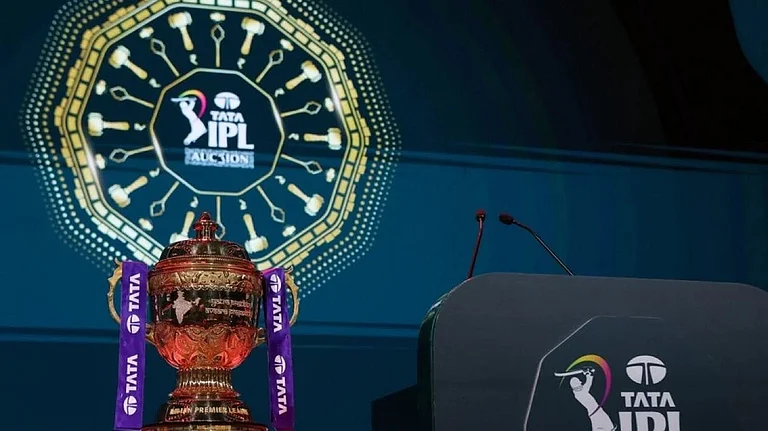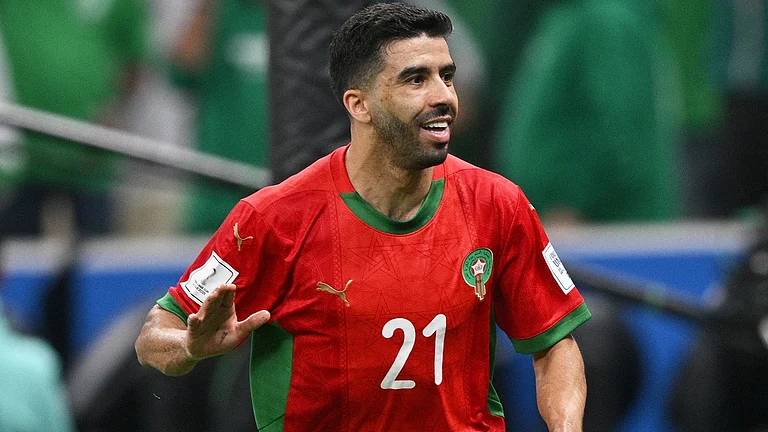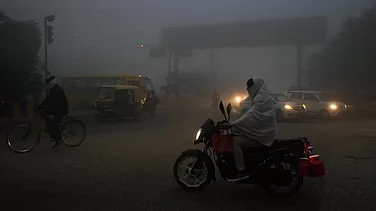In Search of Answers
What is the significance of museums for the common man who struggles daily to make ends meet? Are museums mere repositories of arts and artifacts? Who decides what needs to be preserved in a museum? These are some of the many questions that keep nudging me.
I am reminded of the remote village in Bihar where I was born in the late 1970s. My village, Olhanpur, is primarily dominated by the Muslim community and it is named after a Hindu saint called Olhan Baba who is believed to have lived there decades ago. I’m not sure if its decades or centuries ago, but my grandparents and great grandparents used to share many interesting stories about this saint whose resting place is now a vibrant site of cultural confluence of different communities—the majority being Muslims. Growing up, I frequented this sacred site many times with my grandma and other family elders during school vacations.
Legend has it that one of his disciples named Baba Bal Nath planted a ber twig near the samadhi of his Guru, which has been worshiped and nurtured by the villagers over the years. As you enter the village, it’s difficult to miss the lone tree that stands out with umpteen pieces of cloth tied to its branches in memory of the boys and men who left the village in search of a better livelihood but did not return. They believed that Olhan Baba would guide them back to their roots. I don’t know how many of them came home and reunited with their families. I never enquired about these statistics, dismissing the whole thing as a myth prevalent in the village during my growing-up years.
Shah Mubarakpur is a village adjacent to Olhanpur, and it houses the mausoleum of Mubarak Shah Baba, a Sufi saint who lived there years ago. The village is named after him. He is worshipped by the population of the area which largely consists of Hindus.
Sites of Harmony
These two important historical sites of a Hindu saint in a Muslim-majority area and a Sufi saint in a Hindu-majority area in adjoining villages— which have been revered and preserved by the residents—not only serve as a bridge between the two communities thereby fostering interfaith harmony, but also stand out as a reminder of the oneness of humanity.
My grandma was a regular at both these sites and used to invoke both saints during the ups and downs of her life. With every invocation, Olhan Baba used to preceed Shah Mubarak Baba. She took their names in the same breath, resting her hope and faith in both of them equally.
Today, I head the National Gallery of Modern Art (NGMA), Bengaluru, one of the leading museums in the country. As we try to engage with communities through our professionally curated outreach programmes, I wonder if the revered sites of Olhan Baba and Mubarak Shah Baba in those remote villages in Bihar can be categorised as museums? Museums in which the local communities remain heavily invested. Museums born organically out of the love of their collective and shared memories, and preserved over the years. Truly inclusive spaces that foster diversity and interfaith harmony. Living museums sustained by the faith of local communities, which require no professional expertise to manage or communicate with the target audience. Museums that serve diverse communities and are an integral part of their daily life. Museums that augur peaceful co-existence.
I am sure there are many such museums in our remote villages and rural areas. Those communities may be unaware of the accepted definition of museums but the very essence of museums is preserved in their villages. These spaces are vibrant and live and offer varied experiences beyond the realm of rigid logical definitions. They have withstood the test of time and offer hope for the whole of humanity.
People’s Museums
As I explore ways to integrate AR/VR to offer immersive experiences and attract increased footfalls to NGMA, I wonder if ever-escalating digital technology can offer the same analog experience of visiting the ‘museum’ of my remote village in Bihar. An experience which is an integral part of me and feels fresh even after four decades of my physical engagement with this museum of my memories…
Can we make an attempt to redefine museums in a larger, broader context which resonates and connects with the Indian masses? A museum of the people, for the people, by the people, truly representative of our live and rich democracy!
(This appeared in the print as 'Officer's Diary')
Nazneen Banu is the Director of the National Gallery of Modern Art, Bengaluru and Mumbai





















